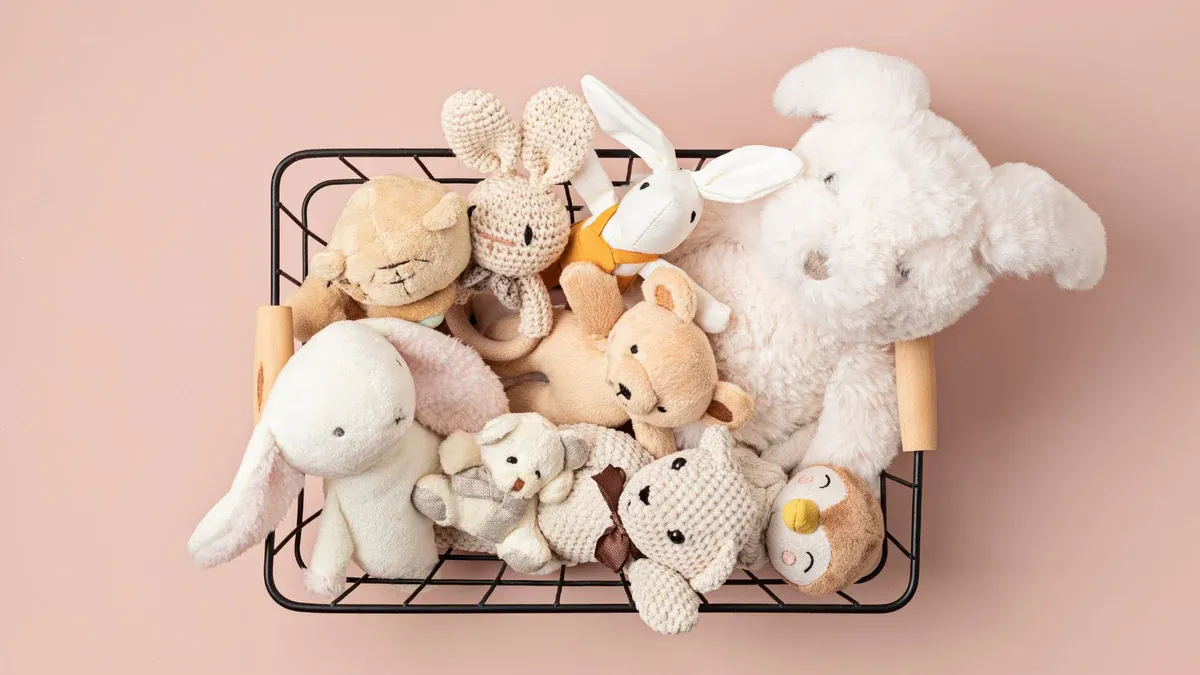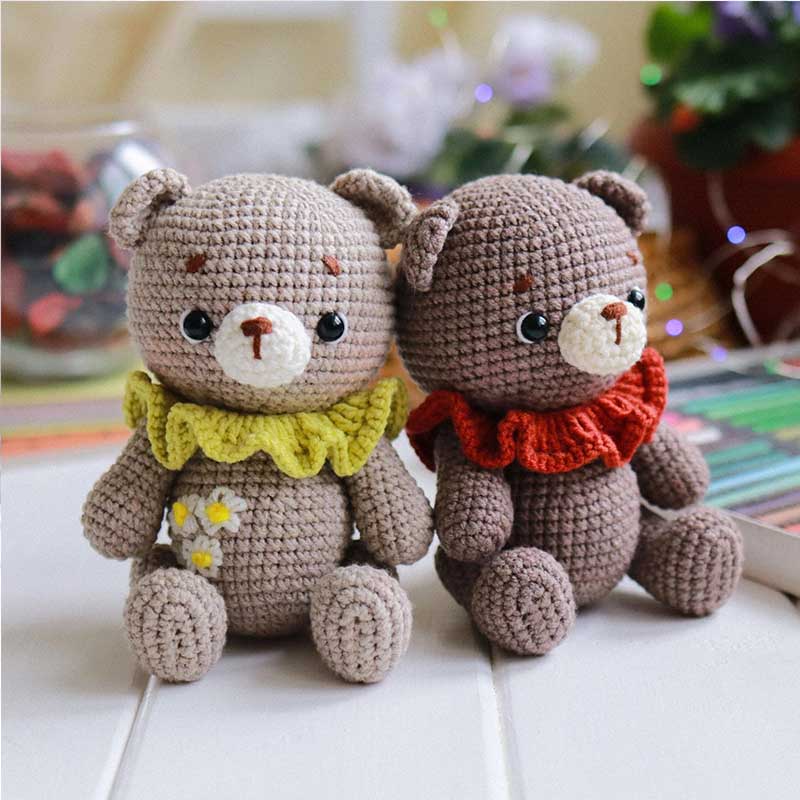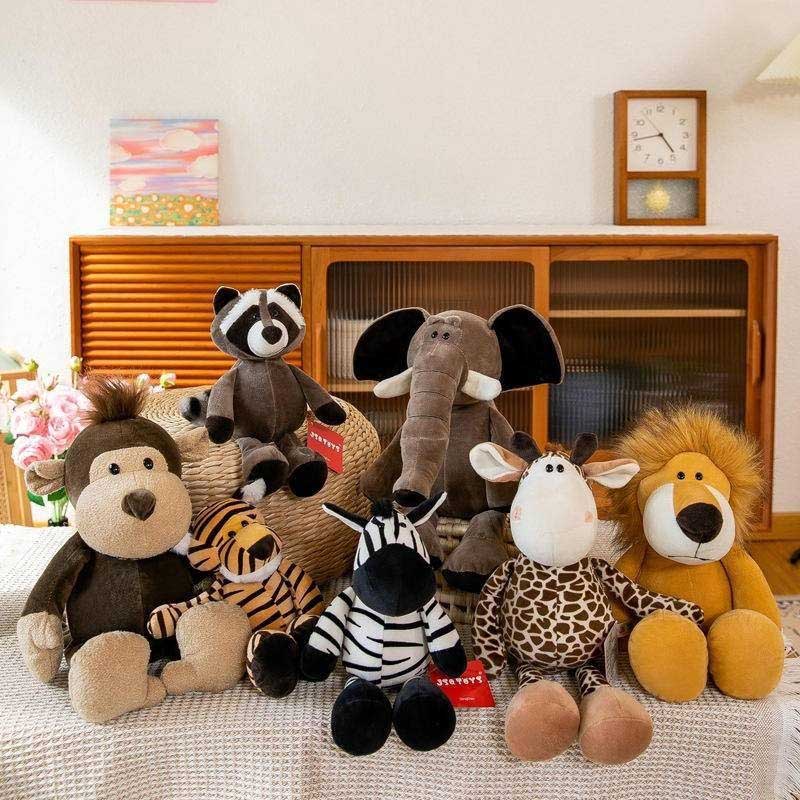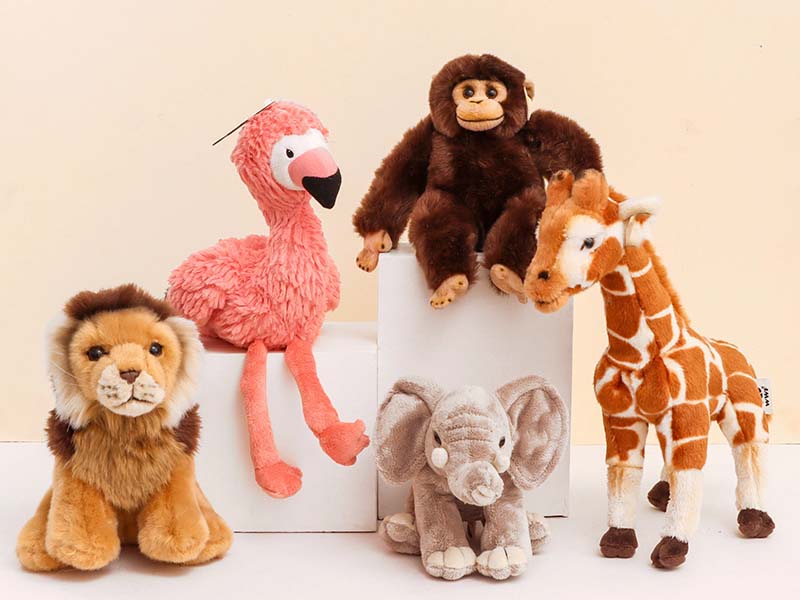Plush toys are among the most popular play items for dogs. They bring comfort, encourage healthy chewing habits, and provide hours of entertainment. However, not every plush toy is suitable for every dog. To make the right choice, dog owners need to evaluate safety, materials, durability, and design based on their pet’s needs.
The following guide explores the most important aspects to consider. From safety features and fabric strength to age suitability and breed-specific choices, this article provides a complete resource for selecting the best plush toys for dogs.
1. What Safety Features Should Dog Owners Look for in Plush Toys?

Plush toys can be safe and enjoyable for dogs only if they are designed with the right safety features. Choosing the correct toy protects pets from choking risks, toxic materials, and premature breakage. This section explains the key factors that dog owners should evaluate before making a purchase.
The most important safety features in plush dog toys include non-toxic fabrics, reinforced stitching, securely attached parts, and proper size selection. These prevent choking hazards, reduce the risk of accidental swallowing, and ensure the toy can withstand rough play. Certified safe toys are always the best choice.
Safety is the first factor every responsible pet owner should consider. Dogs chew, tug, and shake their toys with great strength, so poorly made products quickly become dangerous. Instead of using small plastic eyes or buttons, safe plush toys rely on embroidered details that cannot be pulled off. Durable fabrics such as polyester plush or fleece are preferred, because they resist tearing and avoid harmful chemicals that may irritate a dog’s skin.
Equally important is size. A toy too small for a large dog can be swallowed whole, while oversized toys may discourage smaller breeds from interacting. Stuffing also plays a role—hypoallergenic polyester fiberfill is common because it stays safe even if a small piece is accidentally ingested.
| Safety Feature | Why It Matters | Example Practice |
| Non-toxic fabric | Prevents poisoning or allergies | Certified polyester plush with safe dyes |
| Reinforced stitching | Withstands chewing and tugging | Double or triple seam construction |
| Embroidered details | Avoids detachable choking hazards | Stitched eyes and nose instead of plastic |
| Proper sizing | Prevents swallowing or discomfort | Small toys for puppies, large for adults |
| Safe stuffing | Reduces risk if ingested | Hypoallergenic polyester fiberfill |
2. Which Materials Provide the Best Durability for Dog Plush Toys?

Material selection is the foundation of plush toy durability. Dogs often chew aggressively, and weak fabrics quickly rip apart, exposing stuffing that may become hazardous. Choosing the right material ensures that toys last longer, maintain their shape, and continue to be safe during active play.
The best materials for dog plush toys include heavy-duty polyester plush, reinforced fleece, and nylon blends. These fabrics balance softness with resilience, making them enjoyable for dogs but resistant to tearing. Some premium toys use layered fabric technology that combines soft plush on the outside with durable woven backing inside.
Durability does not mean sacrificing comfort. For example, fleece provides a cozy texture that dogs enjoy, while its naturally tight fibers resist fraying. Similarly, polyester plush is soft enough for cuddling but can be treated with stronger stitching to hold up against chewing. A growing number of manufacturers also use recycled polyester, offering both durability and sustainability.
When evaluating material strength, pet owners should also consider bite force. Strong chewers like Pit Bulls or German Shepherds may need reinforced fabrics with multiple layers, while smaller breeds can safely play with softer plush. Matching durability to a dog’s strength avoids waste and improves safety.
| Material Type | Durability Level | Best For |
| Polyester plush | Medium–High | General use, cuddling, light chewing |
| Reinforced fleece | High | Moderate chewers, playful breeds |
| Nylon blend fabrics | Very High | Strong chewers, heavy tugging |
| Layered construction | Very High | Aggressive chewers, large breeds |
| Recycled polyester | Medium–High + Eco | Sustainable toy options |
3. How Do Plush Toys Support Canine Chewing, Play, and Mental Stimulation?

Plush toys are not only for comfort—they play an essential role in supporting a dog’s chewing habits, play routines, and mental stimulation. Well-chosen toys encourage natural instincts, keep pets engaged, and prevent destructive behaviors caused by boredom.
Dogs use chewing to strengthen teeth and gums while reducing stress. Plush toys with reinforced seams allow safe chewing without breaking apart. Many designs include squeakers, crinkle paper, or hidden pouches, which increase excitement and keep dogs entertained for longer. These added features are especially effective for active breeds that require constant stimulation.
Plush toys also support mental health. Interactive designs, such as puzzle-style plush toys that hide small treats inside, encourage problem-solving and focus. This prevents boredom, which can otherwise lead to destructive behaviors like furniture chewing. By rewarding effort, these toys help build a stronger bond between pets and owners.
Different types of play are supported by plush toys: solo chewing, tug-of-war, and fetch. Dogs that play tug benefit from reinforced ropes attached to plush bodies, while fetch toys combine plush comfort with lightweight designs for easy carrying. Selecting a toy that aligns with a dog’s natural play preference maximizes both fun and safety.
| Benefit Type | How Plush Toys Help | Example Features |
| Chewing support | Strengthens teeth and gums | Reinforced seams, durable plush fabrics |
| Stress relief | Comfort and calm through chewing | Soft textures, squeakers |
| Mental stimulation | Promotes focus and problem-solving | Treat puzzles, hidden compartments |
| Interactive play | Builds bond with owner | Tug ropes, fetch-friendly plush toys |
| Prevents boredom | Keeps dogs occupied | Multiple textures, sound elements |
4. What Types of Plush Toys Are Best Suited for Puppies vs. Adult Dogs?

Different life stages require different toy designs. Puppies and adult dogs have unique needs when it comes to plush toys, and providing the right option ensures both safety and engagement.
For puppies, the best plush toys are small, lightweight, and gentle on developing teeth. Soft fabrics like fleece or short plush are ideal because they do not put strain on sensitive gums. Many puppy toys come with mild squeakers or crinkle textures to encourage exploration without overwhelming the dog. Proper sizing is essential, since oversized toys may discourage play.
Adult dogs, on the other hand, benefit from larger, more durable toys that can handle stronger jaws. Reinforced stitching and layered fabrics are recommended. Adult dogs also appreciate interactive designs, such as toys that combine plush with ropes or hidden squeakers for added variety.
Owners should also consider energy levels. Active adult breeds need challenging plush toys that stimulate both mind and body, while senior dogs may prefer softer plush for comfort. By matching toy type to age and activity, pet owners maximize safety, durability, and enjoyment.
| Dog Stage | Best Plush Features | Example Usage |
| Puppies | Small size, soft plush, gentle squeaker | Teething comfort, light chewing |
| Adults | Larger size, reinforced seams, durable fabrics | Strong chewing, interactive play |
| Seniors | Extra soft fabrics, lightweight design | Comfort, stress relief, light cuddling |
5. How to Choose Plush Toys Based on Dog Breed, Size, and Activity Level?

No two dogs are alike, and breed, size, and activity level all influence which plush toys are most suitable. Selecting toys based on these traits prevents accidents, extends toy life, and enhances playtime.
Small breeds, such as Chihuahuas or Pomeranians, need lightweight plush toys they can easily carry. Medium breeds benefit from versatile designs that balance softness with durability. Large and giant breeds require reinforced fabrics and oversized toys to prevent choking and withstand powerful chewing.
Activity level is another key factor. Active working breeds like Border Collies need toys that provide both mental stimulation and physical exercise, such as puzzle plush toys or fetch-compatible designs. In contrast, low-energy dogs may prefer soft, cuddly plush toys for comfort and companionship.
Breed-specific behaviors also matter. Terriers, known for their digging and shaking instincts, often enjoy plush toys with squeakers or loose parts they can “hunt.” Meanwhile, retrievers appreciate plush fetch toys that mimic prey. Matching toys to breed instincts ensures longer-lasting engagement and reduced frustration.
| Dog Type | Recommended Plush Toys | Example Features |
| Small breeds | Lightweight plush, easy to carry | Mini squeakers, soft fleece |
| Medium breeds | Versatile plush with reinforced stitching | Durable polyester, crinkle textures |
| Large breeds | Oversized plush with strong fabrics | Layered nylon blend, rope integration |
| Active breeds | Interactive and puzzle plush toys | Hidden treats, multiple textures |
| Low-energy breeds | Extra soft, cuddly plush | Sherpa-style plush for comfort |
6. Which Cleaning and Maintenance Practices Keep Dog Plush Toys Safe and Long-Lasting?

Even the best plush toys lose their safety if not cleaned and maintained properly. Dogs carry their toys everywhere, which exposes them to saliva, dirt, and bacteria. Regular cleaning extends toy life and keeps pets safe from harmful germs.
Most plush dog toys are machine washable, especially those made with polyester or fleece. Washing once a week is recommended for toys in daily use. Owners should avoid harsh chemicals and instead use mild detergents that are safe for pets. After washing, toys should be air-dried to maintain shape and prevent damage.
Inspecting toys regularly is just as important as cleaning. Any toy showing loose seams, exposed stuffing, or broken squeakers should be replaced immediately. Chewed-off parts may pose a choking hazard, so damaged toys should never stay in circulation.
Rotating plush toys also helps with hygiene and extends play value. By introducing freshly cleaned toys while storing others, owners reduce wear and keep dogs excited with “new” options.
| Maintenance Practice | Benefit | Example Guidance |
| Weekly washing | Removes bacteria and odors | Machine wash with mild detergent |
| Air-drying | Preserves toy structure | Avoid dryers to prevent shrinkage |
| Regular inspection | Prevents choking hazards | Remove broken toys immediately |
| Toy rotation | Extends toy life, maintains interest | Alternate toys every few days |
| Safe detergents | Protects pet health | Non-toxic, fragrance-free cleaners |
Plush toys for dogs bring safety, comfort, and joy when chosen carefully. Owners should focus on material strength, safety features, breed fit, and regular maintenance to maximize toy life and pet satisfaction. At Kinwin, we manufacture safe and durable plush toys that meet CE and ASTM standards, offering OEM & ODM customization for global buyers. If you are looking for a trusted partner to create high-quality dog plush toys, we invite you to contact us at [email protected] or visit kinwintoys.com to start your custom project today.







